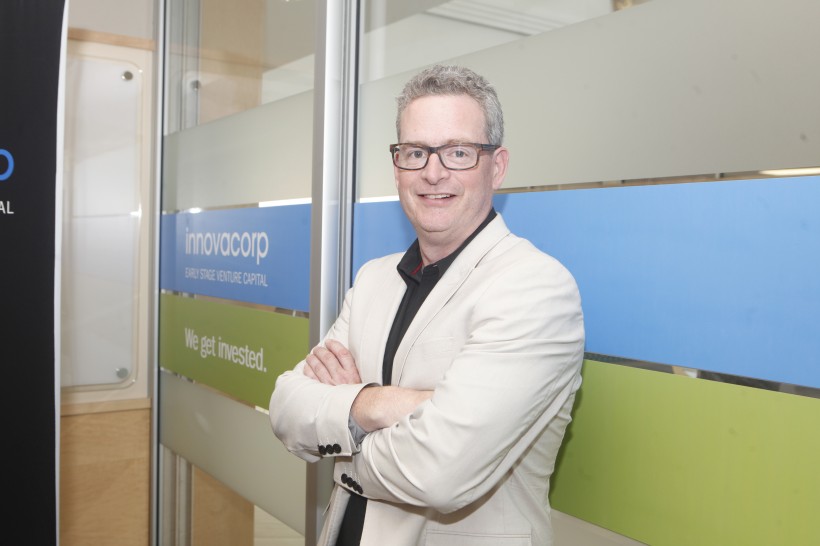Halifax’s HomeEXCEPT, which sells remote-monitoring equipment to help with senior care, is launching a version of its product that can be installed without the help of a technician.
CEO John Robertson said in an interview that the new iteration was in the works before the COVID-19 crisis. But the timing of the launch will allow customers to purchase the equipment without the need to risk exposing vulnerable, elderly people to the virus.
“There are a lot of families out there that are incredibly worried about their parents in their homes. They don’t have the same level of access to them that they had before,” said Robertson. “So we made this simple enough that it’s what we would classify as a contactless install.”
Launched last September, the original HomeEXCEPT technology used heat sensors and machine learning to track the movements of an elderly person, with an automated text message notifying their caregiver if he or she fell or suffered some other mishap. The product’s key customers were residential care facilities, home care companies and other large organizations, which often made their purchases via medical distribution firms.
Robertson and his team discovered, though, that the complexity of the installation process would limit their ability to scale the company. The heat sensors consumed too much electricity to be run off batteries, so each of them had to be outfitted with a hardwired power supply.
The logistics of the installations proved unmanageable, particularly since HomeEXCEPT’s users were mostly organizations that cared for many people and needed many sensors.
The problem was compounded by the technology’s reliance on Wi-Fi to connect with a central monitoring hub. Weak signals and interference from other devices made the scheme unreliable.
By December, it was clear that something needed to change. Robertson had already been planning a Wi-Fi free, but fully wireless version, and he decided to speed up the development process: “I just said, ‘Look, we’ve got to accelerate that plan. We’ve got to find some partners that have been there and done that.’”
Tenera Poised To Aid Seniors' Homes
The partners he chose were Bluetooth sensor manufacturer Ruuvi and internet-of-things firm Wirepas, both based out of Finland.
HomeEXCEPT now relies on Ruuvi’s accelerometers and environmental sensors, which are capable of tracking temperature, humidity and air pressure.
The switch away from energy-intensive heat sensing means that the devices no longer need a hardwired electrical supply and can run off a single battery for as long as two years.
Wirepas’ technology, meanwhile, allows for the creation of a wireless network that communicates with a central gateway, which physically plugs into a home care facility’s internet router and bypasses Wi-Fi altogether.
With a more scalable product and a potential increase in demand tied to the coronavirus, Robertson is investing more effort in selling directly to consumers, rather than to organizations.
The sensors are now sold in packs of five and are meant to be deployed according to a list of available options, so that the machine learning system knows how to interpret the data it receives.
For example, if a customer wants to ensure that their elderly mother or father isn’t sitting down too much, a sensor can be attached to the parent’s chair and configured to send a text message if the chair is occupied for an excessive period of time. Or a sensor can be positioned to check whether the stove has been left on.
The hardware costs about $250, along with a monthly subscription of about $35 for access to the artificial intelligence technology.
Robertson said HomeEXCEPT already has a substantial customer base across Canada and is eyeing medical distributors in the United States as a key, larger market.
“The U.S. is the market that we really want to go for,” he said. “Obviously, the Canadian market’s important to us, but the U.S. market is very different, and for us to scale up, that’s going to be critical.”
Until recently, the company had 13 employees. COVID-19 has forced Robertson to lay off three of them, but he hopes to hire them back soon. He also plans to eventually recruit more data scientists to work on the machine learning system, and possibly additional customer-service staff.
He added that there are “shares in the treasury ready to go for the right investor,” but the recurring revenue from the subscription service makes him tempted to fund future expansion via loans, in order to retain ownership of more of the business.










